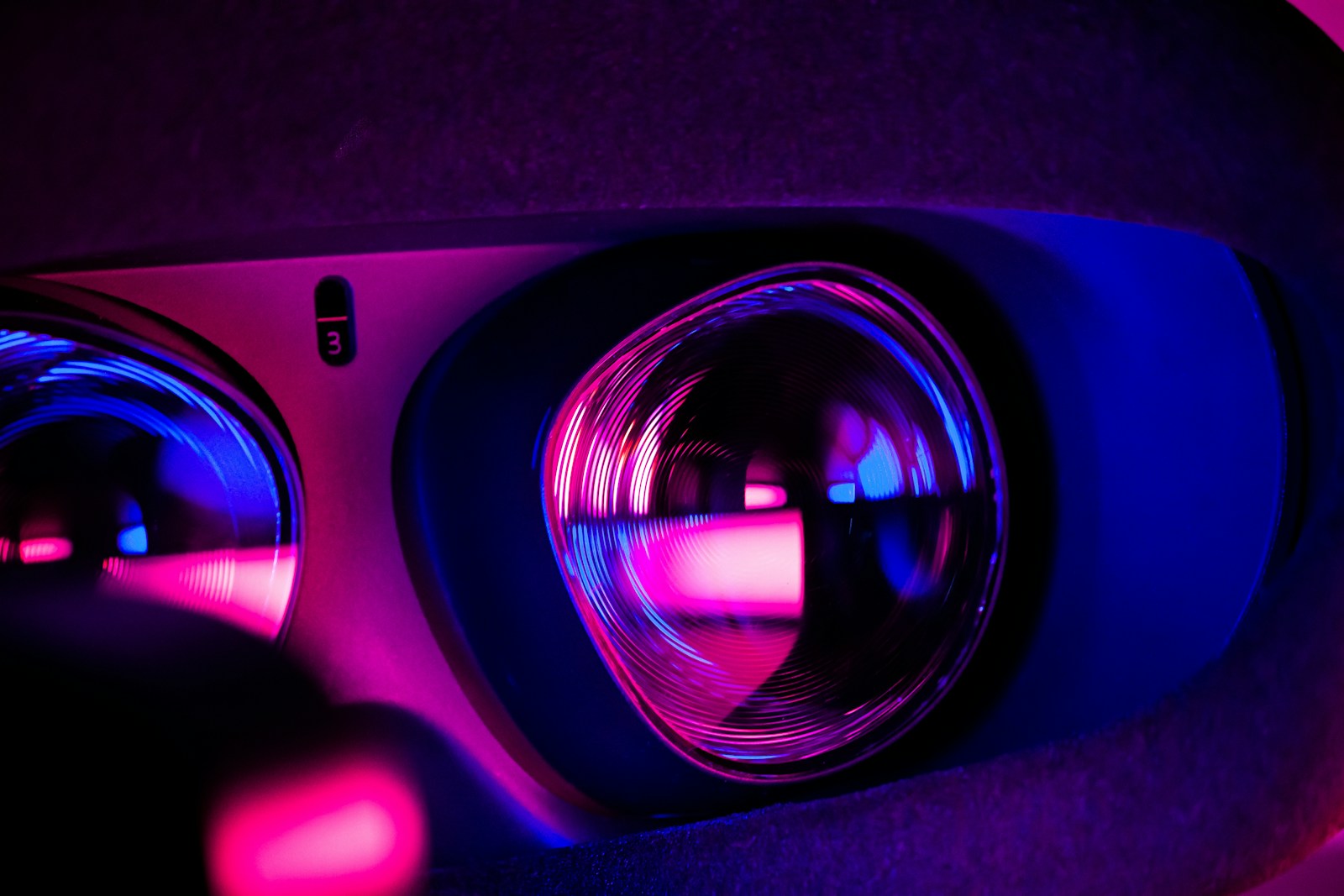
AI and VR
Introduction
In recent years, the convergence of artificial intelligence (AI) and virtual reality (VR) has sparked excitement across industries. This dynamic duo has the potential to transform how we perceive and interact with digital environments, offering new avenues for immersive experiences and practical applications.
AI and VR
In this article, we delve into the symbiotic relationship between AI and Virtual Reality, exploring their collaborative efforts, benefits, challenges, and prospects.
The Fusion of AI and VR
Benefits of AI and VR
The marriage of AI and Virtual Reality brings forth a plethora of benefits, each contributing to the enhancement of virtual experiences:
- Improved Realism: AI algorithms can generate photorealistic 3D models, simulate complex physics, and offer real-time feedback, resulting in more lifelike Virtual Reality environments.
- Increased Immersion: Through AI-generated characters, environments, and objects, Virtual Reality experiences become more immersive, captivating users and blurring the lines between reality and virtuality.
- Enhanced Interaction: AI technologies enable natural language processing, gesture recognition, and advanced interaction techniques, fostering seamless interaction between users and VR environments.
- Increased Engagement: By personalizing content, challenges, and rewards, AI enhances user engagement, making VR experiences more compelling and memorable.
- Improved Accessibility: AI-powered solutions provide alternative interaction methods, making VR experiences accessible to individuals with disabilities, thus promoting inclusivity.
Challenges of AI and VR
Despite their potential, AI and Virtual Reality integration faces several challenges:
- Cost: The development and implementation of AI and Virtual Reality technologies can be costly, posing a barrier to entry for some businesses.
- Complexity: AI and Virtual Reality solutions require specialized skills and expertise, making their development and deployment complex.
- Data Requirements: Both AI and Virtual Reality demand large datasets for training and operation, presenting a challenge for businesses with limited access to such data.
- User Acceptance: Some users may find AI and Virtual Reality technologies intimidating or unfamiliar, hindering widespread adoption.
- Safety Concerns: AI and Virtual Reality technologies raise safety issues, including physical injury risks, psychological impacts, and potential data breaches.
How AI and VR Are Used Together
The synergy between AI and Virtual Reality manifests in various industries, offering innovative solutions and experiences:
- Healthcare: AI-powered VR training simulations aid in training medical professionals, while VR medical imaging tools assist in diagnosis and treatment.
- Manufacturing: VR simulations enhance factory operations, optimizing efficiency and safety, with AI providing insights and optimizations.
- Education: AI-driven VR experiences revolutionize learning, providing immersive and interactive educational content.
- Entertainment: AI-generated content enriches VR gaming experiences, offering dynamic and engaging gameplay.
Future Prospects
As AI and Virtual Reality technologies continue to evolve, their synergy promises even greater advancements and possibilities. From refined realism to expanded accessibility, the future holds endless opportunities for innovation and exploration in the realm of virtual experiences.
Conclusion
The fusion of artificial intelligence and virtual reality represents a paradigm shift in how we perceive and interact with digital worlds. By leveraging the strengths of AI and Virtual Reality, we unlock new dimensions of immersion, engagement, and practical utility across diverse domains.
As we navigate this exciting frontier, let us embrace the collaborative potential of AI and Virtual Reality, paving the way for a future enriched by immersive digital experiences.
Some Frequently Asked Questions and Their Answers
What is Virtual Reality (VR)?
VR, short for virtual reality, allows people to be fully immersed in a fabricated environment. This is usually delivered through head-mounted hardware that tracks a person’s movements. These VR headsets consist of a screen (or two display panels, one for each eye) housed in a frame (or headset) strapped or fitted to your head.
What is Augmented Reality (AR)?
While virtual reality replaces your vision, augmented reality adds to it. AR devices, such as the Microsoft HoloLens and the original Google Glass, are transparent, letting you see everything in front of you as if you are wearing a pair of clear glasses.
How do VR and AR differ?
VR and AR are two very different concepts, with defining characteristics that distinguish one from the other. VR headsets completely take over your vision to give you the impression that you’re somewhere else. On the other hand, AR adds to your vision, projecting images over whatever you look at.
What are some applications of VR and AR?
VR can be used for games, 360-degree videos, or just the virtual space of the platforms’ interfaces. AR, on the other hand, has applications in various fields, including gaming, navigation, and even in the medical field.
References
- uploadvr.com: VR, short for virtual reality, allows people to be fully immersed in a fabricated…
- pcmag.com: While virtual reality replaces your vision, augmented reality adds to it…
- uploadvr.com: VR and AR are two very different concepts, with defining characteristics…
- pcmag.com: VR can be used for games, 360-degree videos, or just the virtual space of the…
Other Interesting Articles
- How Metaverse AI is Transforming the Future of Business: Explore how AI shapes the metaverse: benefits, use cases, challenges, and future possibilities. Unlock digital interaction’s potential today!
- Ton 618 vs Milky Way: Which is Bigger? Explore Ton 618, a supermassive black hole challenging cosmic norms. Unveil the mysteries of the universe’s vastness and evolution…











